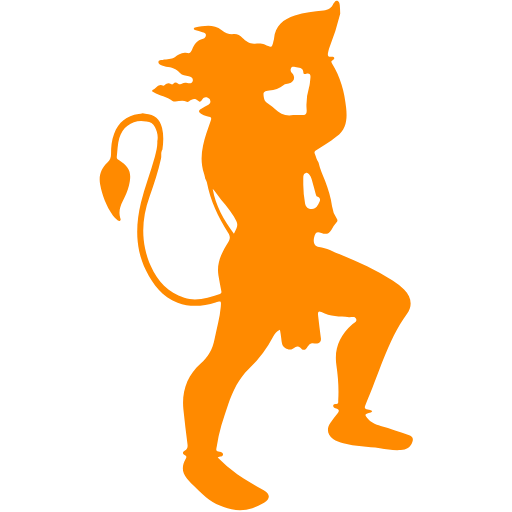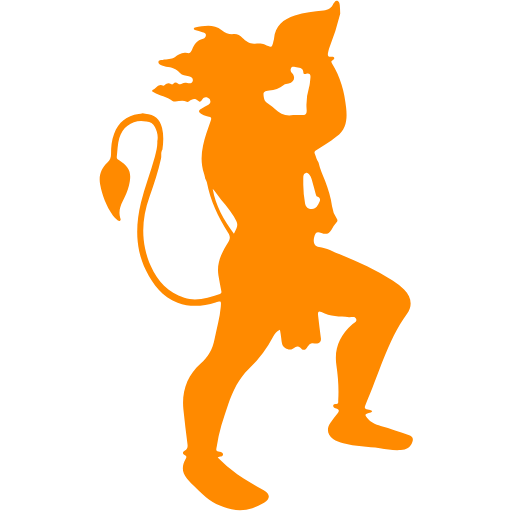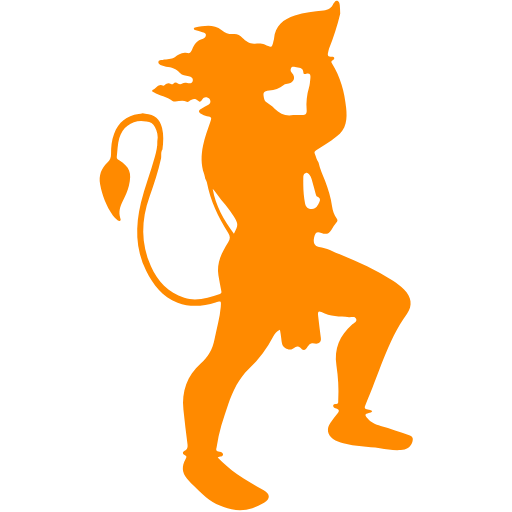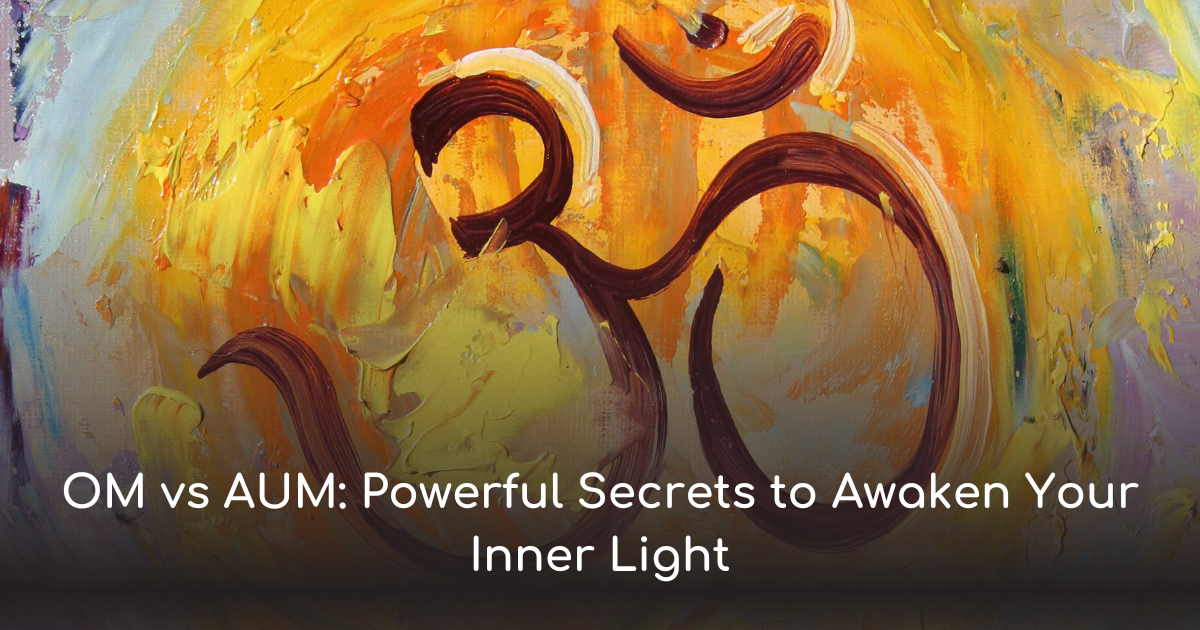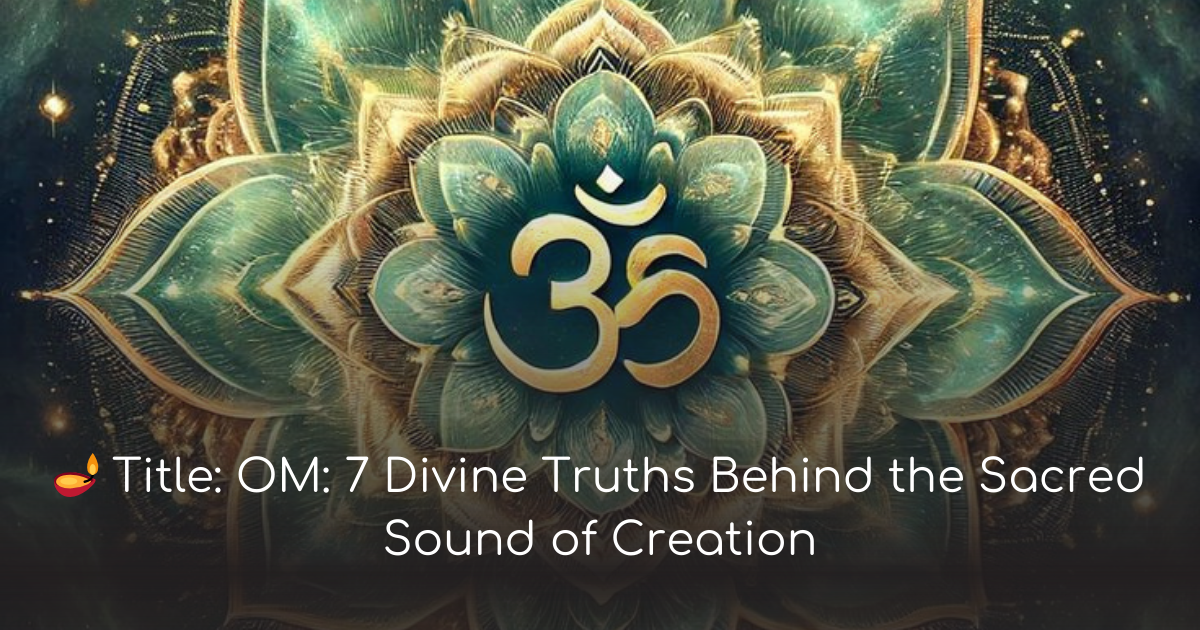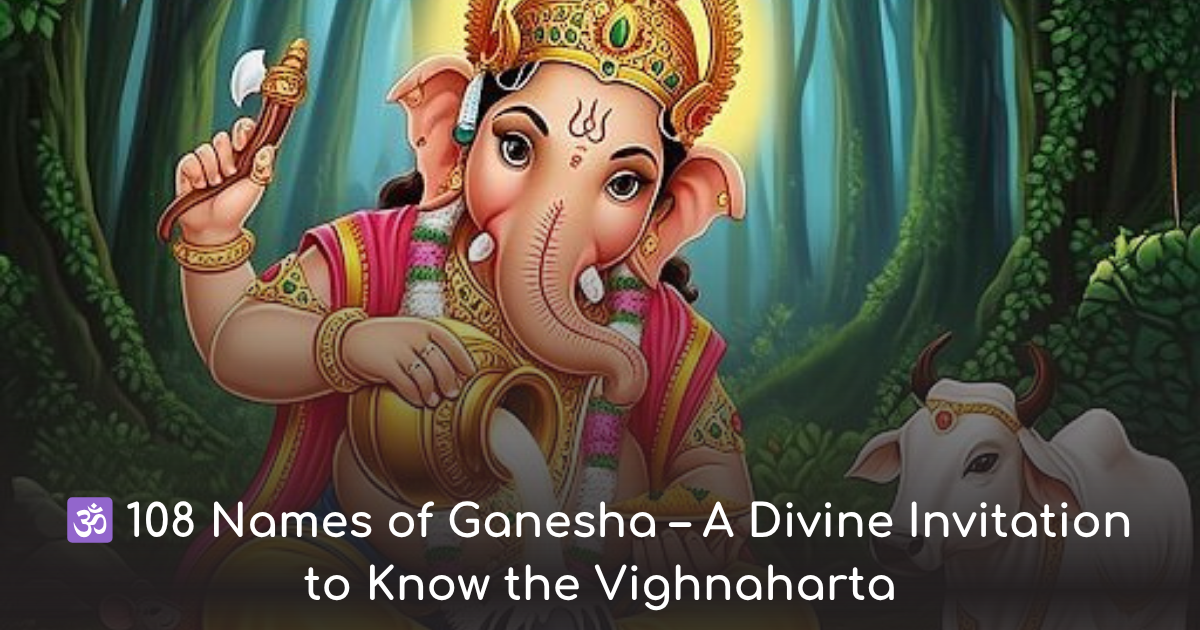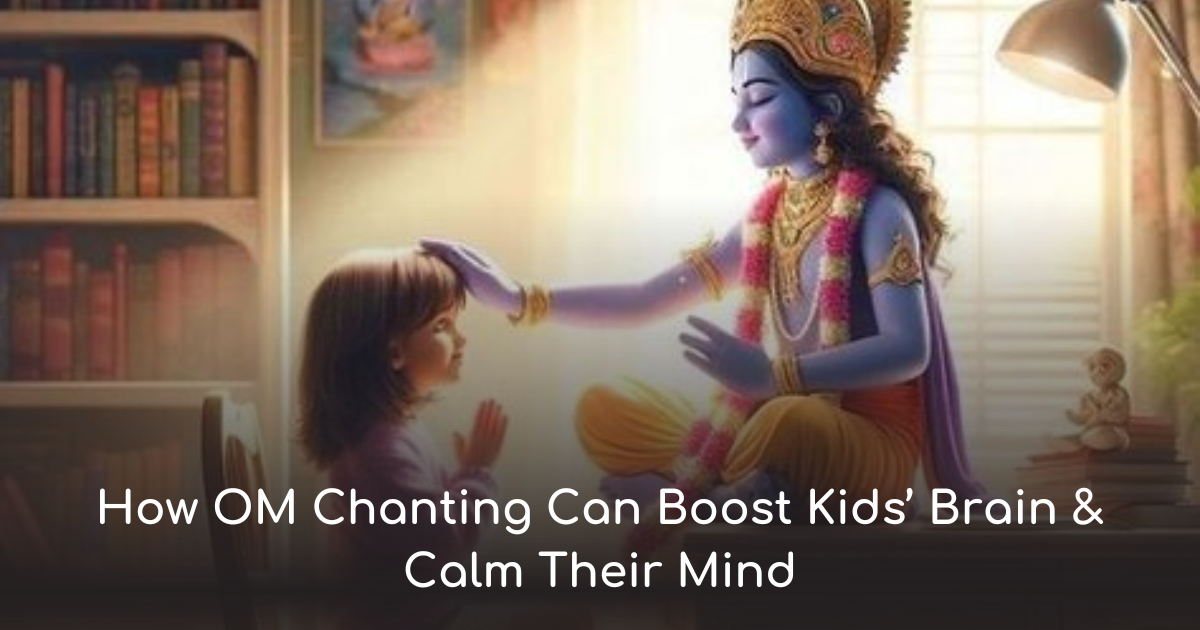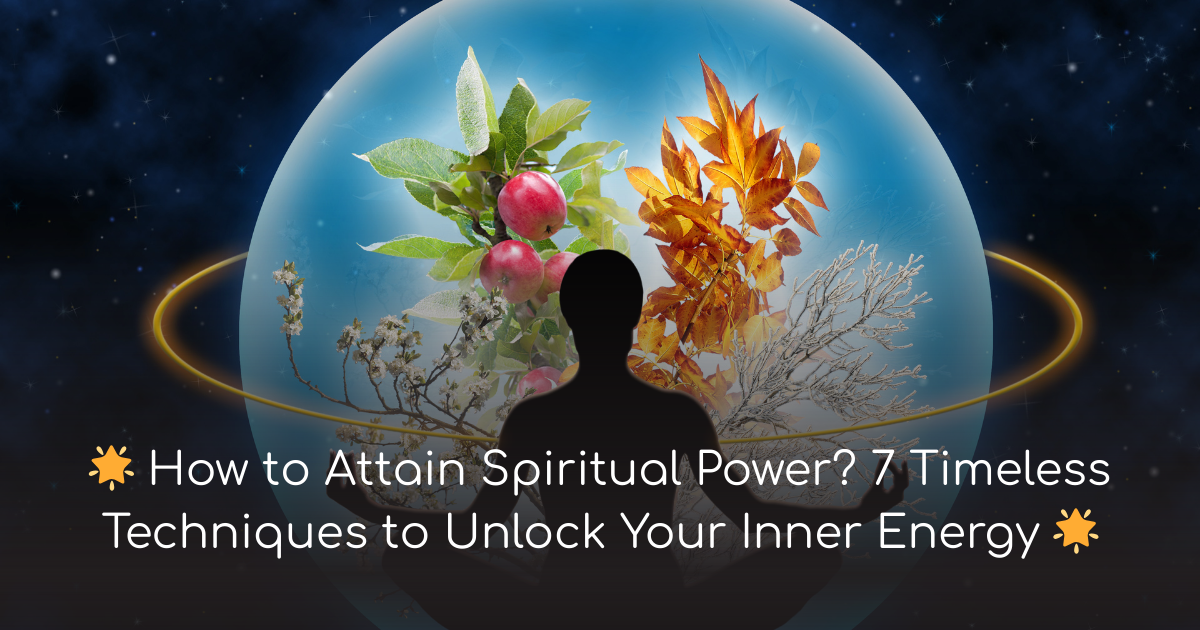osho biography: shocking rise & timeless wisdom revealed
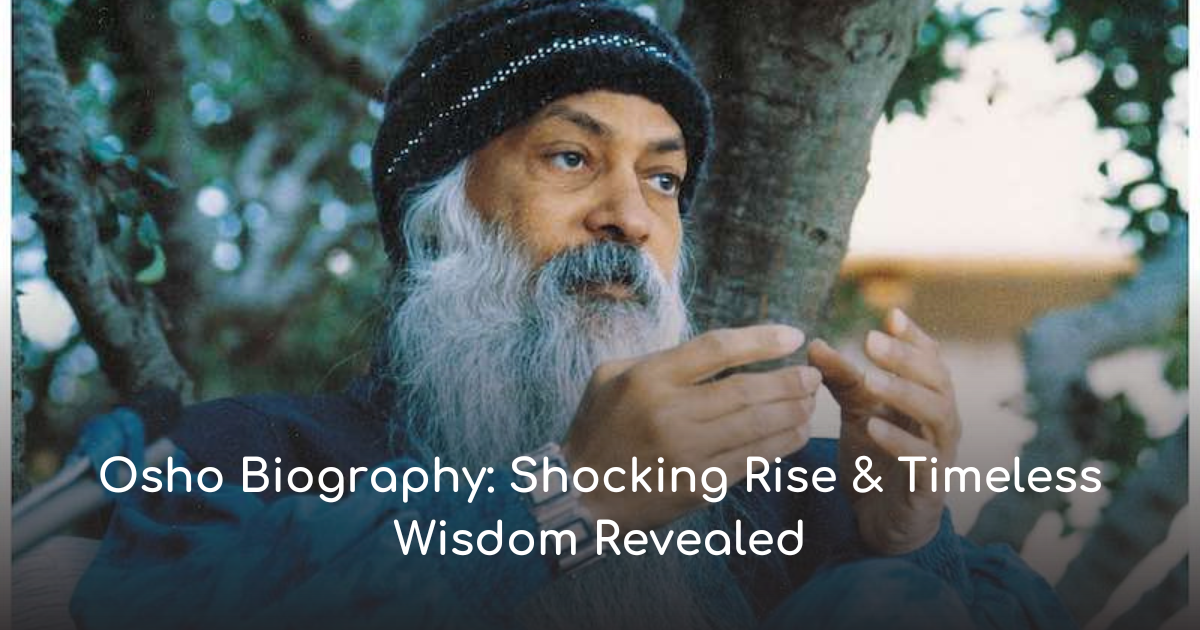
Explore Osho’s shocking journey from rebel mystic to global guru. Discover his rise, fall, and lasting impact on spirituality and modern consciousness.
The Early Fire: Childhood and Spiritual Awakening
🧒 A Rebel is Born (1931–1947)
Born as Chandra Mohan Jain on December 11, 1931, in the remote village of Kuchwada, Madhya Pradesh, Osho grew up in a Jain family—one that followed a strict and traditional path of spiritual austerity. But even from childhood, he was far from ordinary.
As a child, he showed signs of a ferociously independent mind. While others bowed their heads in devotion, he questioned God’s existence. While his elders clung to rituals, he dismissed them as mindless repetitions. He was fascinated by death, silence, and the mystical unknown. His grandparents, recognizing his sharp intellect and wild curiosity, allowed him much freedom, which would become the fertile ground for his future philosophical rebellion.
🧘♂️ The First Glimpse of the Beyond (1947–1953)
At the age of 14, Osho’s life took a dramatic turn when he witnessed the death of his beloved grandfather. This event made him confront mortality and the meaning of life directly. It intensified his quest for truth—not through books, but through direct experience.
He explored various forms of meditation, experimented with tantra, yoga, fasting, and even hypnosis. He devoured scriptures, debated religious leaders, and challenged every belief he encountered.
But the defining moment came on March 21, 1953, when Osho was 21. While meditating under a maulshree tree in a Jabalpur garden, he experienced what he described as a profound spiritual awakening—a moment of oneness, timelessness, and egoless consciousness. That experience, he said, broke the shell of his identity and opened him to the universal.
“I died—and yet I am more alive than ever.” – Osho

The Scholar and the Provocateur (1953–1966)
🎓 Academic Brilliance and Philosophical Mastery
Soon after his awakening, Osho joined D.N. Jain College, Jabalpur, and earned a B.A. in Philosophy in 1955. He continued at the University of Saugar, where he earned a Master’s Degree in Philosophy with first-class honors, and was awarded a gold medal for academic excellence.
He wasn’t just a bookworm—he was a firebrand. He became the All-India Debating Champion, known for his razor-sharp logic and electrifying presence.
👨🏫 The Professor Who Shattered Dogmas
In 1957, Osho was appointed as a lecturer at Raipur Sanskrit College and soon moved to the University of Jabalpur as a Professor of Philosophy. But he was no ordinary teacher. His lectures didn’t just educate—they provoked. He dismantled sacred cows of religion, rejected blind nationalism, and mocked superstition.
Simultaneously, he began touring India as a public speaker, drawing massive crowds. His topics ranged from Indian scriptures and spiritual freedom to sexual repression and political hypocrisy. By the early 1960s, he was a rising storm in the intellectual and spiritual circles of India.
From Philosopher to Mystic Master (1966–1974)
🕉️ Leaving the University: Enter Bhagwan Rajneesh
In 1966, Osho resigned from his university post to dedicate himself fully to the raising of human consciousness. He began hosting 10-day meditation camps across India. These weren’t like traditional satsangs. They were intense, cathartic, and transformative.
He adopted the name Bhagwan Shree Rajneesh—a title that expressed divinity, not in a religious sense, but in the realization that we are all divine at our core.
✨ Neo-Sannyas: A New Way to Renounce
In 1970, Osho redefined the ancient Indian tradition of sannyas (renunciation). He introduced Neo-Sannyas, a modern, life-affirming path that called on seekers to:
-
Renounce mental conditioning, not the world
-
Embrace love, joy, and sensuality without attachment
-
Meditate while participating in life
-
Celebrate rather than suppress
His sannyasins wore orange robes, carried a mala with his photo, and adopted new names. This symbolic identity helped them break from the past and dive into a journey of self-exploration.
“Be in the world, but don’t let the world be in you.” – Osho
💡 Dynamic Meditation: The Technique that Shook the World
Osho realized that modern man was too repressed and neurotic for traditional silent meditation. So, he invented Dynamic Meditation—a five-stage method involving:
-
Chaotic Breathing
-
Emotional Release (screaming, laughing, crying)
-
Jumping and shouting “Hoo!”
-
Silent stillness
-
Ecstatic celebration
This became one of his most popular techniques and is still practiced worldwide in Osho centers.
🏙️ Move to Mumbai and the Arrival of the West
Between 1970 and 1974, Osho settled in Mumbai, giving regular discourses and building a following that included Westerners from the Human Potential Movement. Therapists, scientists, and seekers were drawn by his fusion of Eastern mysticism and Western psychology.
By this time, Osho had begun publishing his talks, which soon turned into hundreds of books, translated into dozens of languages.
🕊️ Establishing the Pune Ashram (1974)
In 1974, Osho moved to Pune and established a permanent ashram, which quickly became a global center for meditation and transformation.
The ashram offered:
-
Daily discourses
-
Group therapy sessions
-
Body-centered meditations
-
Arts, creativity, and community living
By the late 1970s, it was drawing tens of thousands of visitors annually.
✈️ The Global Guru Heads West (1981)
By 1981, Osho's health was declining due to a degenerative back condition. At the invitation of American disciples, he traveled to the United States, where an ambitious dream awaited him: the construction of a spiritual city in the Oregon desert.
🏜️ The Oregon Dream: Rajneeshpuram Rises (1981–1985)
🌍 Arrival in America
In June 1981, Osho arrived in the United States, accompanied by his close aides, including Ma Anand Sheela, his powerful and controversial secretary. American disciples purchased a 64,000-acre ranch in Wasco County, Oregon, envisioning it as the utopia Osho had long spoken of—a place where love, meditation, and celebration could bloom without societal interference.
This vast and barren land would become the experimental city of Rajneeshpuram.
🏙️ Building a City from Scratch
Over the next few years, Osho’s followers transformed the desolate terrain into a thriving commune. Rajneeshpuram grew rapidly and featured:
-
Housing for thousands of residents
-
A public transportation system
-
Restaurants, malls, a school, and even a police department
-
A world-class meditation hall
-
Its own airstrip and fire department
The commune also hosted the annual World Festival, which by 1984 drew nearly 15,000 people from across the globe, injecting an estimated $10 million into the event’s operations.
🚗 Luxury and Controversy
Osho, who had entered a period of public silence in 1981, no longer spoke publicly but was driven daily in one of his now-infamous Rolls-Royce cars through the commune. He eventually acquired over 90 Rolls-Royces, making headlines worldwide and fueling criticism from both the media and spiritual communities.
Why such extravagance?
Osho answered: “I want to show the world that spirituality and wealth are not enemies. Poverty is not a virtue; it’s a disease glorified by religious institutions to control humanity.”
To Osho, this was not hypocrisy—it was the ultimate rebellion against centuries of imposed asceticism.
⚠️ Clash with the Local Government
Despite its initial success, Rajneeshpuram soon came under legal and political attack. The ranch was zoned for agricultural use, and the sheer scale of the commune’s infrastructure became a focal point of zoning disputes.
In retaliation, the commune tried to gain political control of the nearby town of Antelope, leading to:
-
Bitter feuds with residents
-
The town being briefly renamed “Rajneesh”
-
Lawsuits and public outcry
-
An increase in federal and state surveillance
🧨 Dark Days: The Bioterror Attack and Legal Collapse
🦠 The 1984 Salmonella Attack
In an unprecedented move, some members of the commune, led by Ma Anand Sheela, carried out America’s first bioterrorism attack by contaminating salad bars in The Dalles, Oregon, with salmonella bacteria in a failed attempt to influence local elections.
Over 700 people fell seriously ill, and suspicion quickly fell upon the Rajneesh community.
This incident triggered federal investigations, exposing a much deeper web of crimes including:
-
Illegal wiretapping
-
Poison plots
-
Arson and immigration fraud
🚨 Osho Breaks His Silence
In October 1984, after three and a half years of silence, Osho resumed his discourses and publicly accused Sheela and her team of crimes against both commune residents and outsiders. He invited law enforcement to investigate fully and denounced all acts of violence.
Shortly after, Sheela and her aides fled the commune and were later arrested in Germany, extradited, and convicted in the U.S.
👮 Osho's Arrest and Deportation
In October 1985, Osho himself was arrested by federal agents in Charlotte, North Carolina, under immigration fraud charges. Though the charges were relatively minor, the arrest was executed with force, and Osho was allegedly held incommunicado, mistreated, and later suspected of being poisoned with thallium, a toxic heavy metal, during his detainment.
Rather than fight the legal system, Osho took an Alford Plea, asserting his innocence while conceding that the prosecution had enough evidence to convict. He was fined $400,000 and deported from the United States.
🌐 The Spiritual Nomad: Denied by 21 Nations
✈️ A World Tour of Rejection
Between 1985 and 1986, Osho attempted to find a new home for his community. He traveled to or requested entry into more than 21 countries, including Greece, Uruguay, Portugal, Jamaica, and Nepal.
But the pattern was clear:
-
Visas were revoked
-
Local governments bowed to U.S. pressure
-
He was deported, often within days of arrival
A notable case occurred in Uruguay, where the President allegedly received a warning from Washington, D.C. that the U.S. would demand immediate repayment of a $6 billion loan if Osho were granted asylum.
🏡 Return to India and Final Years (1987–1990)
📿 Pune Ashram Reborn
In 1987, Osho returned to his Pune Ashram, now rebranded as Rajneeshdham, and later Osho Commune International. Despite his failing health, he resumed public appearances and introduced new meditation techniques, including:
-
The Mystic Rose (laughter, tears, silence)
-
No-Mind
-
Born Again
His emphasis during this period was on creating an enlightened collective—a sangha where individuals meditated, celebrated, and lived consciously.
🕊️ The White Robe Brotherhood
In 1989, Osho inaugurated the White Robe Brotherhood, encouraging followers to wear white robes during evening meditations. These gatherings were not lectures—they were silent darshans, filled with music, stillness, and energetic communion.
He officially dropped the name “Bhagwan” and embraced the name “Osho”, inspired by the Zen term and the English word “oceanic,” referring to the dissolving of the self into the divine.
💔 Osho’s Departure
By late 1989, Osho’s health had sharply deteriorated, believed by many to be the aftereffects of poisoning in U.S. jails. On January 18, 1990, he was too weak to attend his usual evening meditation. On January 19, he passed away peacefully.
His body was cremated that evening, and his ashes were placed in the Chuang Tzu Auditorium at the ashram. His memorial bears the inscription:
“Never Born, Never Died. Only Visited This Planet Earth Between 11 December 1931 – 19 January 1990.”
🌌 Legacy of a Spiritual Icon
🔥 A Master Beyond Categories
Osho's death in 1990 marked the physical end of an extraordinary life, but his influence has only grown in the decades since. He left behind not a rigid system or sect, but a living spiritual revolution. His teachings, recorded in over 600 books, span nearly every subject—love, fear, ego, meditation, capitalism, creativity, science, death, and more.
What made Osho different?
-
He rejected organized religion yet revered true mystics of every faith
-
He encouraged sexual freedom but didn’t reduce life to sensuality
-
He honored the individual’s journey over collective conformity
-
He was both a spiritual master and a social critic, blending East and West with bold precision
To some, he was a charlatan in designer robes. To others, the most profound spiritual teacher of the modern era. But to all, he was unforgettable.
📚 Prolific Author, Infinite Wisdom
Osho never wrote a book in the traditional sense. Instead, his talks—spontaneous, profound, humorous, and razor-sharp—were transcribed and compiled into a literary treasure trove.
His discourses covered:
-
Ancient scriptures: The Vedas, Upanishads, Gita, Dhammapada
-
Mystical traditions: Zen, Taoism, Tantra, Sufism, Kabbalah
-
Great beings: Buddha, Krishna, Jesus, Lao Tzu, Kabir, Rumi
-
Modern psychology and science: Freud, Jung, Einstein, Darwin
-
Everyday life: Money, relationships, parenting, politics
Osho’s books are now available in over 60 languages and sold worldwide.
Recommended Reads:
Courage: The Joy of Living Dangerously
Love, Freedom, Aloneness
The Book of Secrets
The Art of Living and Dying
Awareness: The Key to Living in Balance
🧘♀️ The Osho International Meditation Resort
Located in Pune, India, the Osho International Meditation Resort remains one of the world’s largest and most unique spiritual centers. Each year, hundreds of thousands of visitors come to participate in:
-
Daily meditations: including Dynamic Meditation, Kundalini, Nadabrahma, and more
-
Therapeutic workshops: blending Gestalt, primal therapy, and dance
-
Creative arts programs
-
Wellness spa and celebration events
Unlike traditional ashrams, the Osho Resort merges spirituality with luxury, offering air-conditioned rooms, gourmet food, and vibrant social spaces. It embodies Osho’s idea of a Zorba the Buddha—a person who is rooted in meditation but loves the joys of life.
🌍 Global Osho Centers
The Osho movement continues to grow, with Osho Meditation Centers operating in over 80 countries, including:
-
United States
-
Germany
-
Russia
-
Japan
-
Brazil
-
Australia
-
South Africa
These centers offer retreats, meditation programs, and community events. They welcome everyone—spiritual seekers, corporate professionals, psychologists, and anyone longing for inner transformation.
📺 Wild Wild Country: A Netflix Awakening
In 2018, Netflix released the acclaimed documentary series "Wild Wild Country," which chronicled the rise and fall of Rajneeshpuram. The series drew global attention and sparked massive public debate.
The docuseries painted a complex picture:
-
Osho as a mystic genius
-
His followers as both visionaries and extremists
-
Ma Anand Sheela as a villain and a product of a chaotic time
For many viewers, it was the first introduction to Osho’s world—and for many former critics, it opened the door to a deeper curiosity about his teachings.
🧭 Osho’s Core Teachings in Simple Terms
Here’s a concise breakdown of Osho’s spiritual philosophy:
| Theme | Osho’s View |
|---|---|
| God | Not a person, but a presence within. |
| Religion | All organized religions are outdated and corrupt. |
| Sex | A natural, sacred energy that can be transformed into love and awareness. |
| Meditation | The key to consciousness; a daily practice, not a ritual. |
| Love | Unconditional, not possessive or contractual. |
| Freedom | Life’s highest goal—freedom from ego, society, and fear. |
| Wealth | Not evil—poverty is not a virtue. Enjoy, but don’t cling. |
| Death | A transition, not an end. Celebrate it like birth. |
🙏 Eternal Rebel, Timeless Guide
Osho’s life was anything but conventional. He shattered norms, outraged religious institutions, challenged governments, and made spiritual exploration both thrilling and fearless.
His life asked one central question:
Can we live in total awareness, love, and joy—free from fear, guilt, and conditioning?
To this day, millions explore Osho’s vision not as followers, but as fellow travelers—meditating, dancing, questioning, and celebrating.
🔗 Explore More: Official Osho Resources
Ready to dive deeper? Here are trusted sources to explore Osho’s life, meditations, and global community:
-
🌐 Official Website: https://www.osho.com
-
📘 Facebook: Osho International
-
🧘 Meditation Resort: Meditation Resort Page
-
📸 Instagram: @oshointernational
-
🐦 Twitter (X): @osho
-
🎥 YouTube: OSHO International
-
💼 LinkedIn: Osho International
💬 Final Words
"Truth is not something outside to be discovered, it is something inside to be realized." – Osho
Osho's journey—from a curious village boy to a global spiritual phenomenon—continues to ignite souls worldwide. He didn’t offer dogmas. He offered tools. He didn’t create followers. He awakened explorers.
Whether you see him as a mystic, a rebel, a sage, or even a contradiction, one thing is clear:
Osho lived fully, fearlessly, and consciously—and he invites you to do the same.
🙋♂️ Frequently Asked Questions (FAQs) About Osho
1. Who was Osho and why is he so famous?
Osho, born as Chandra Mohan Jain, was an Indian mystic, spiritual teacher, and philosopher known for his radical views on religion, sex, meditation, and individual freedom. He became globally recognized for blending ancient Eastern spirituality with modern psychology, and for founding the Rajneesh movement, which drew both admiration and controversy worldwide.
2. What is Osho's real name?
Osho was born as Chandra Mohan Jain on December 11, 1931. Over time, he was also known as Acharya Rajneesh, Bhagwan Shree Rajneesh, and eventually adopted the name Osho in 1989. The name “Osho” reflects his idea of oceanic consciousness and also has historical spiritual connotations in Zen traditions.
3. What is Neo-Sannyas according to Osho?
Neo-Sannyas is a modern, non-ascetic spiritual path introduced by Osho in the 1970s. Unlike traditional sannyasis who renounce worldly life, Osho’s disciples live fully in the world without being attached to it. The focus is on meditation, awareness, love, and inner transformation rather than rituals or dogmas.
4. Why did Osho move to the United States?
Osho moved to the U.S. in 1981 due to health issues and on invitation from his Western followers. His American disciples bought a large ranch in Oregon, where they built Rajneeshpuram, a utopian city meant to be the global headquarters of his movement. It later became the center of intense political and legal battles.
5. What happened at Rajneeshpuram?
Rajneeshpuram was initially envisioned as a peaceful commune, but tensions grew with local authorities and residents. In 1984, a group of Osho’s followers led by Ma Anand Sheela carried out the largest bioterror attack in U.S. history. Following a federal investigation, Osho was arrested and later deported, and the commune collapsed.
6. Was Osho involved in the crimes committed by his followers?
Osho publicly condemned the actions of Ma Anand Sheela and her group, claiming he was unaware of their criminal activities until after they occurred. He invited authorities to investigate and distanced himself from those responsible. He was never convicted of violent crimes but accepted a plea deal on immigration charges.
7. What are some of Osho’s key teachings?
Osho’s teachings focus on individual freedom, meditation, love, joy, and consciousness. He urged people to live life fully and consciously, without guilt or repression. He rejected traditional religions and promoted self-realization through awareness rather than belief systems or scriptures.
8. What is Dynamic Meditation and how is it done?
Dynamic Meditation is a five-step technique created by Osho to help modern individuals release repressed emotions and achieve inner silence. It involves chaotic breathing, emotional release, a mantra phase, silence, and finally celebration. It’s often practiced in Osho centers and is known for its intense, transformative power.
9. Why did Osho use luxury items like Rolls-Royces?
Osho used luxury items, especially his fleet of Rolls-Royces, as a statement against the glorification of poverty in religious traditions. He believed spirituality should not deny material abundance and that enjoying wealth without attachment was part of living a fully conscious life.
10. What happened after Osho was deported?
After his deportation from the U.S. in 1985, Osho was denied entry by 21 countries. He returned to India in 1987 and re-established his Pune Ashram. He resumed his teachings, introduced new meditation techniques, and continued attracting global followers until his death in 1990.
11. When and how did Osho die?
Osho passed away on January 19, 1990, at the age of 58. The official cause was heart failure, though many of his followers believed he was slowly poisoned during his U.S. imprisonment. His ashes are preserved at the Osho Meditation Resort in Pune, India.
12. What is the White Robe Brotherhood?
The White Robe Brotherhood is a meditative gathering initiated by Osho in the last phase of his life. Participants wear white robes and engage in a silent, music-filled evening meditation that fosters inner stillness, connection, and celebration beyond words or rituals.
13. Are there still Osho centers today?
Yes, there are active Osho Meditation Centers in more than 80 countries, offering dynamic meditation, therapy programs, and retreats. The Osho International Meditation Resort in Pune is one of the largest spiritual and wellness centers in the world today.
14. Where can I read or watch Osho’s teachings?
Osho’s talks are available in books, audio recordings, and video lectures, many of which are freely accessible online. You can explore them through his official website, YouTube channel, and social media platforms like Instagram and Facebook.
15. Was Osho a spiritual master or a cult leader?
Osho remains a polarizing figure. To his followers, he was a visionary master of consciousness. To critics, he was a controversial guru with a cult-like following. His life, full of paradoxes, defies labels. What’s clear is that he left a legacy of deep transformation and provoked people to question everything.
💌 A Message to Readers
Whether you're a long-time seeker, a curious skeptic, or someone just beginning their spiritual journey, Osho’s life and teachings offer a mirror. He didn’t ask you to follow—he asked you to wake up, to experience life deeply, to laugh, to cry, and above all, to become conscious.
⚠️ Disclaimer
This blog is intended for educational and informational purposes only. It is not affiliated with Osho International Foundation or any of its branches. The interpretations and narratives presented are based on publicly available sources, historical records, and spiritual texts and may reflect subjective viewpoints.
📢 Call to Action (CTA)
🧘♂️ Want to explore Osho’s meditations and philosophy for yourself?
👉 Visit www.osho.com or your nearest Osho Meditation Center today.
📚 Start with a book like “The Book of Secrets” or “Courage” and take the first step on your journey inward.
Celebrate life. Meditate. Be free. Be Osho. 🌺

